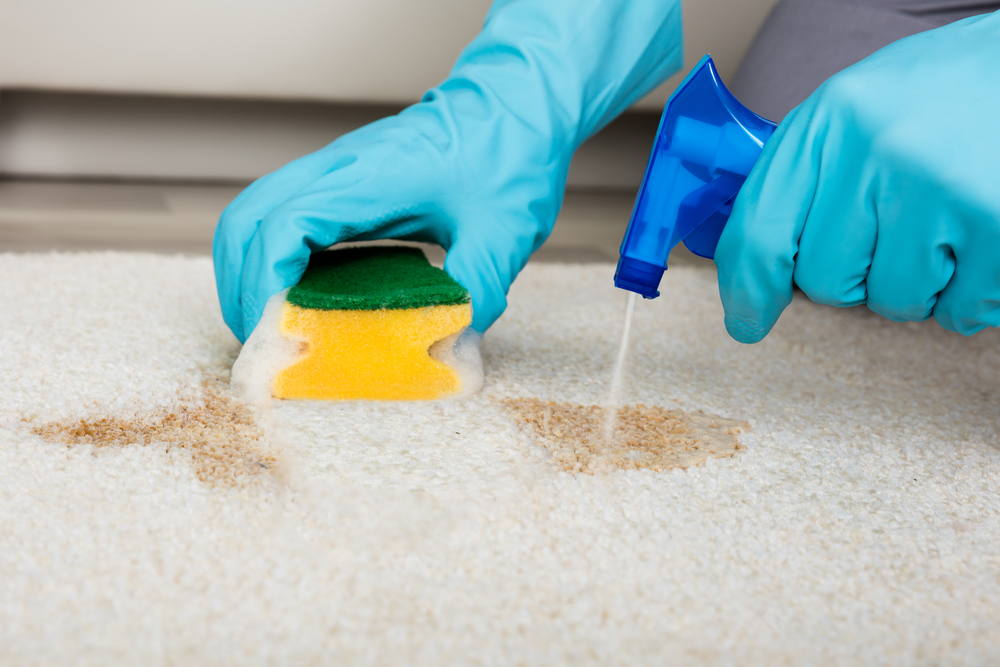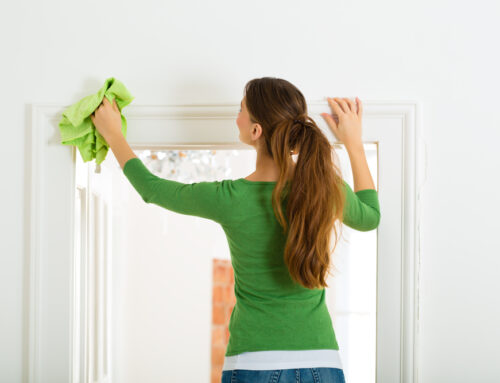Welcome to the ultimate guide on mastering the art of stain removal, specially crafted for residents of Avon. Stains are an inevitable part of life, but fret not! With the right techniques and tools, you can bid farewell to those pesky blemishes and restore your fabrics to their former glory. This comprehensive guide will walk you through everything you need to know about banishing stains effectively, ensuring your home remains a sanctuary of cleanliness and freshness.
1. Understanding Different Types of Stains
Stains come in various forms, each requiring a specific approach for effective removal. From grease stains on kitchen countertops to wine spills on carpets, understanding the nature of the stain is crucial. By identifying the type of stain, you can choose the appropriate cleaning method and products, increasing your chances of success.
- 1.1 Oil-Based Stains
Oil-based stains, such as cooking oil or makeup, pose a significant challenge due to their greasy nature. These stains require degreasers or solvents for effective removal, ensuring the oil is lifted from the surface without leaving residue behind.
2. Essential Stain Removal Tools and Products
Equipping yourself with the right tools and products is half the battle won when it comes to stain removal. Here are some must-have items for your stain-fighting arsenal:
- 2.1 Stain Remover Spray
A good quality stain remover spray is a lifesaver when dealing with fresh stains. Look for products that are specifically formulated for the type of stains you commonly encounter in your household.
- 2.2 Baking Soda
Baking soda is a versatile cleaning agent that works wonders on various types of stains, especially those of a greasy or acidic nature. It acts as a mild abrasive, helping to lift stains from surfaces without causing damage.
3. Mastering Carpet Stain Removal
Carpets bear the brunt of daily foot traffic, making them susceptible to spills and stains. Here’s how you can tackle common carpet stains effectively:
- 3.1 Wine Stains
Wine spills are a common occurrence, especially during social gatherings. To tackle wine stains, blot the area with a clean cloth to absorb as much liquid as possible, then apply a mixture of dish soap and hydrogen peroxide to the stain.
- 3.2 Pet Stains
Pet accidents happen, but they don’t have to leave a lasting mark on your carpets. For pet stains, use a specialized pet stain remover that contains enzymes to break down organic matter and eliminate odors.
4. Banishing Laundry Mishaps
Laundry mishaps like ink stains or color bleeding can be frustrating, but they are not impossible to fix. Follow these tips to rescue your garments from common laundry woes:
- 4.1 Ink Stains
Ink stains can wreak havoc on your favorite clothing items. To remove ink stains, blot the area with rubbing alcohol or hairspray, then launder the garment as usual.
- 4.2 Color Bleeding
Color bleeding occurs when colors from one garment transfer onto another during the wash cycle. To prevent color bleeding, always separate your laundry into light and dark colors, and use cold water for washing.
5. FAQs (Frequently Asked Questions)
Q: Can I use bleach to remove stains from colored fabrics?
A: Bleach is not recommended for colored fabrics as it can cause discoloration and damage. Opt for color-safe bleach alternatives or seek professional advice.
Q: How can I remove old, set-in stains?
A: For old stains, pre-treat the area with a stain remover and let it sit for a few hours before laundering. Stubborn stains may require multiple treatments.
Q: Are natural stain removal methods effective?
A: Natural stain removal methods, such as using lemon juice or vinegar, can be effective for certain types of stains. However, they may not be as potent as commercial cleaners for tough stains.
Q: What should I do if a stain doesn’t come out after washing?
A: If a stain persists after washing, avoid drying the garment as heat can set the stain. Instead, retreat the area and repeat the washing process until the stain is removed.
Q: Is it safe to use bleach on all types of fabrics?
A: Bleach is suitable for white, colorfast fabrics, but it can damage delicate or colored fabrics. Always check the care label and perform a spot test before using bleach.
Q: How can I prevent stains from occurring in the first place?
A: To prevent stains, act quickly when spills occur, and avoid eating or drinking over carpets and upholstery. Additionally, consider applying fabric protectors to vulnerable surfaces.
Conclusion
With the tips and tricks outlined in this guide, you’re well-equipped to tackle any stain that comes your way. Remember, patience and persistence are key when it comes to stain removal. By arming yourself with the right knowledge and tools, you can keep your home looking fresh and clean, ensuring a welcoming environment for you and your family.







